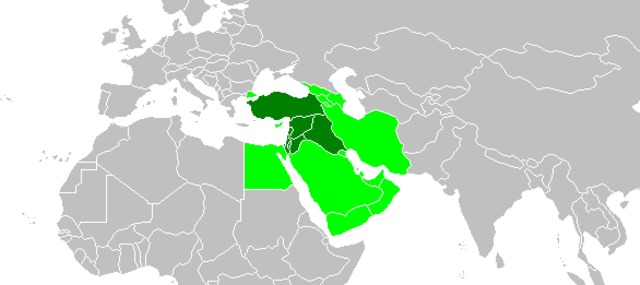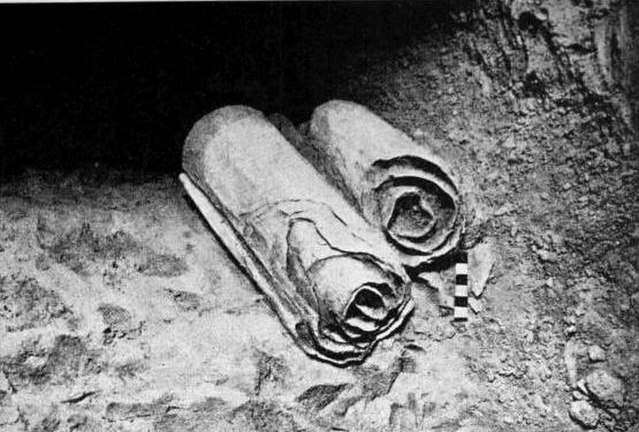The early Christian church, a burgeoning spiritual community, had an organizational structure that, despite its initial simplicity, displayed complex patterns of leadership and participation. Using the New Testament and early Christian writings as our primary sources, we can glean insights into the early church’s structure, focusing particularly on the role of elders and deacons, and the potential involvement of women in these roles.
Elders and Deacons: The Two-Tiered System
The New Testament provides us with a broad outline of the governance structure of the early church, which was organized around two primary roles: elders and deacons.
Elders were primarily responsible for spiritual oversight, focusing on teaching, preaching, and shepherding the congregation. Key decisions related to church governance and doctrine fell within their purview. The elder role mirrored that of a pastoral figure, providing spiritual leadership, wisdom, and direction. The qualifications for elders, as detailed in 1 Timothy 3:1-7 and Titus 1:5-9, were stringent, focusing on character, family life, and ability to teach.
Deacons, derived from the Greek word “diakonos” (meaning servant or helper), were responsible for serving and meeting the practical needs of the church. Their duties ranged from assisting in communion services, caring for the church facilities, to aiding in benevolence efforts. Like elders, deacons also had specific qualifications to meet, as outlined in 1 Timothy 3:8-13.
Oversight
In the early Christian church, oversight typically fell to the elders, also known as presbyters or overseers (Greek: “episkopoi”).
Based on the New Testament evidence, particularly from the Pastoral Epistles (1 Timothy, 2 Timothy, and Titus), the elders were entrusted with a variety of tasks involving oversight. This included teaching and upholding sound doctrine, pastoral care, and spiritual guidance for the community. In certain cases, they also had the responsibility of disciplining members of the community when required, as noted in 1 Timothy 5:19-20.
The term “overseer” itself indicates a supervisory role. In the broader Greco-Roman context, “episkopoi” were officials who supervised civic projects or conducted inspections on behalf of a higher authority, implying a certain level of responsibility and authority.
This general structure of oversight, however, should not be understood as overly hierarchical. The early Christian communities were often small house churches, and their organizational structures were much more fluid and less institutionalized than what we see in later centuries. The elders worked in cooperation with other roles, like deacons, and likely engaged in a form of collective decision-making.
The Book of Acts also provides an account of the Jerusalem Council (Acts 15), where a significant dispute was addressed not by a single leader, but by a council involving apostles and elders. This suggests a model of collective leadership and decision-making in crucial matters.
Therefore, while elders had key oversight responsibilities in the early Christian communities, their role was exercised within a broader framework of mutual service and collective decision-making. The New Testament depicts a community where various gifts and roles were recognized and valued, contributing to the overall health and mission of the community.
Women in Early Church Leadership
The involvement of women in the early church, specifically in the roles of elders and deacons, has been a topic of much discussion. There is biblical evidence and early Christian writings that suggest women served in significant roles within the church.
The most explicit biblical reference is in Romans 16:1, where Phoebe is referred to as a “diakonos” of the church at Cenchreae, suggesting she served as a deacon. Furthermore, 1 Timothy 3:11, depending on translation, may imply that women served as deacons alongside men.
The role of women as elders is less clear. Some scholars argue that the “elect lady” in 2 John could refer to a female elder or a leader of a house church. Extra-biblical evidence, such as the 3rd-century Christian treatise Didascalia Apostolorum, mention women deacons, indicating that women had a place in early church leadership.
Finances
Finances in the early church were rooted in the principle of communal sharing and care for the needy. Acts 2:44-45 describes believers selling their possessions and goods and distributing the proceeds to those in need. This practice is echoed in Paul’s letters, where he organizes a collection for the Jerusalem church from his gentile congregations (1 Corinthians 16:1-4). It should be noted that this practice has incorrectly been used to promote Communism. However, Acts 5 shows that this process was completely voluntary whereas Communism when implemented is compulsory.
In 2 Corinthians 8-9, Paul provides further insights into the church’s financial principles. He emphasizes generosity, personal responsibility, integrity in handling funds, and the willingness to share resources within the broader Christian network.
Conclusion
The early church’s organization provides profound insights into the roots of Christian community and governance. Understanding this two-tiered elder-deacon system, the role of women, and the principles of financial stewardship offers a window into the dynamics of the early Christian community. This structure, predicated on service, mutual responsibility, and communal care, forms a historical foundation that continues to influence church structures and operations today.
Discussion Questions
- How does the early church’s organizational structure inform modern church governance and practices?
- How do the New Testament depictions of elders and deacons align with or differ from these roles in contemporary churches?
- In light of the biblical evidence, how should we understand the role of women in the early church, and what implications might this have for the church today?
Want to Know More?
- “Church Elders: How to Shepherd God’s People Like Jesus” by Jeramie Rinne: This book provides a comprehensive look at the role and function of elders in the Christian church, based on a biblical perspective. It outlines how elders can shepherd their congregations in a way that aligns with Jesus’ teachings and practices.
- “Paul’s Idea of Community: The Early House Churches in Their Cultural Setting” by Robert Banks: This book delves into how the Apostle Paul envisioned Christian communities. It investigates the practices and structures of the early house churches within their cultural context, offering insights into the organization of the early church.
- “The First Urban Christians: The Social World of the Apostle Paul” by Wayne A. Meeks: In this book, Meeks studies the social and cultural context of the early Christian communities in urban areas, particularly those established by the Apostle Paul. He examines the socio-economic dynamics, including aspects related to governance and finances, which can shed light on how these early churches operated.




